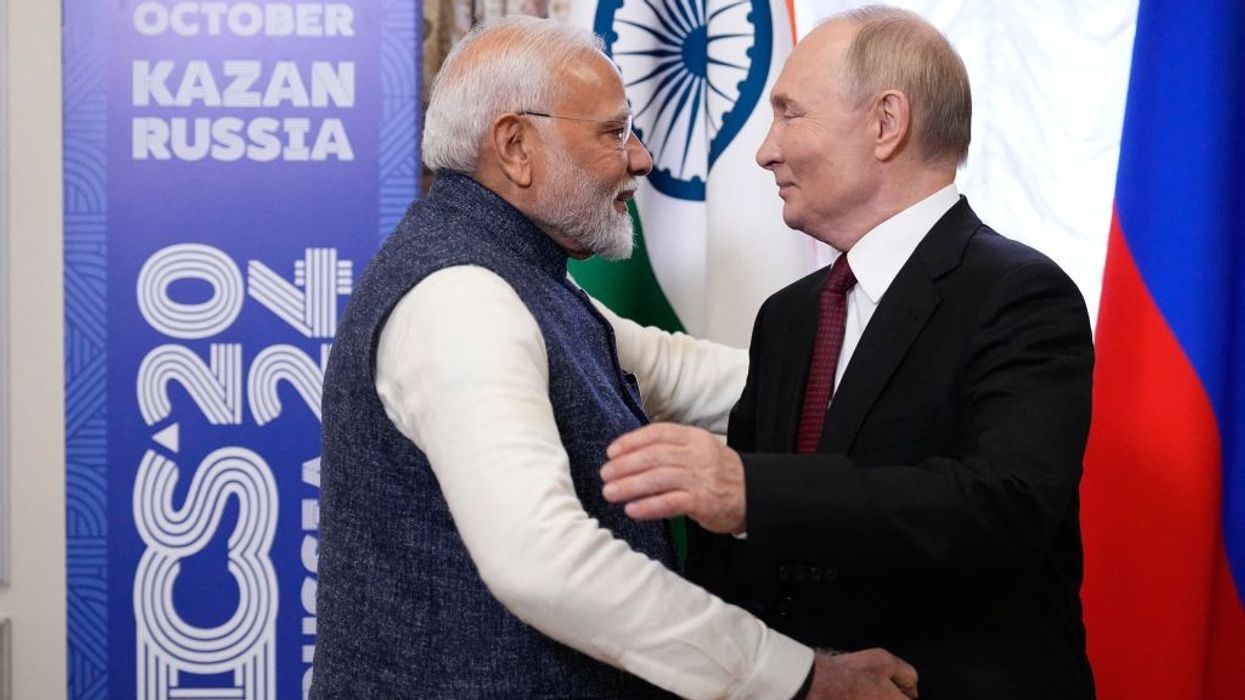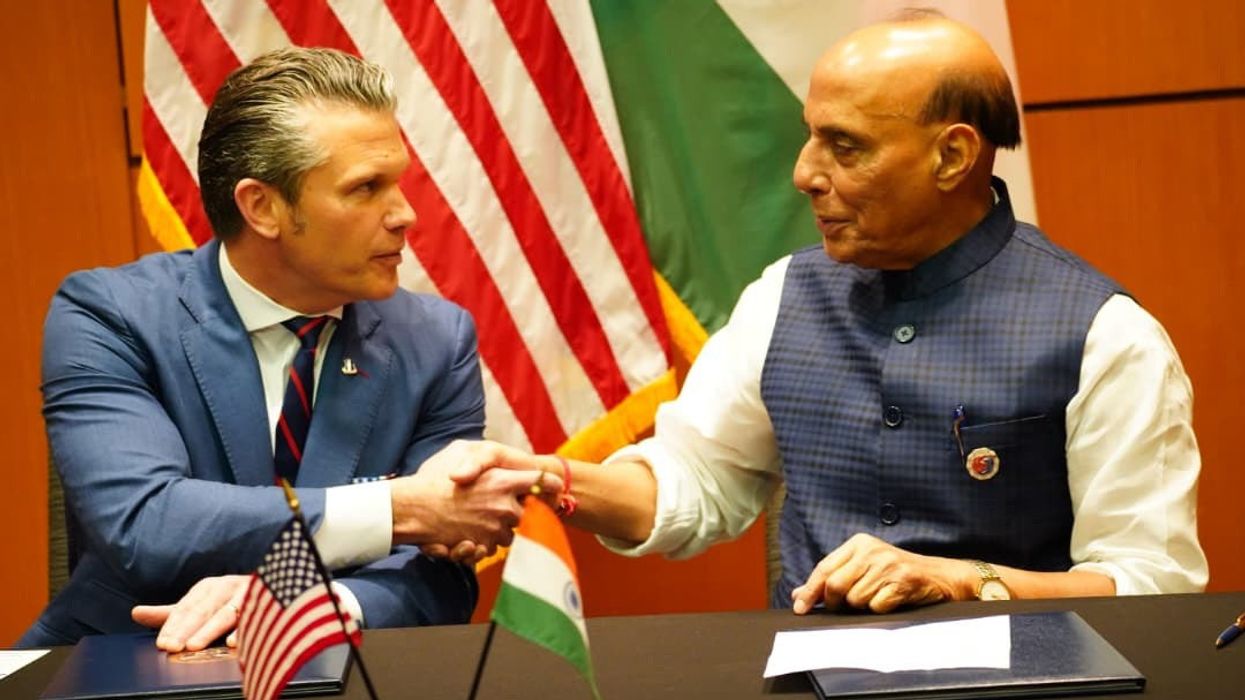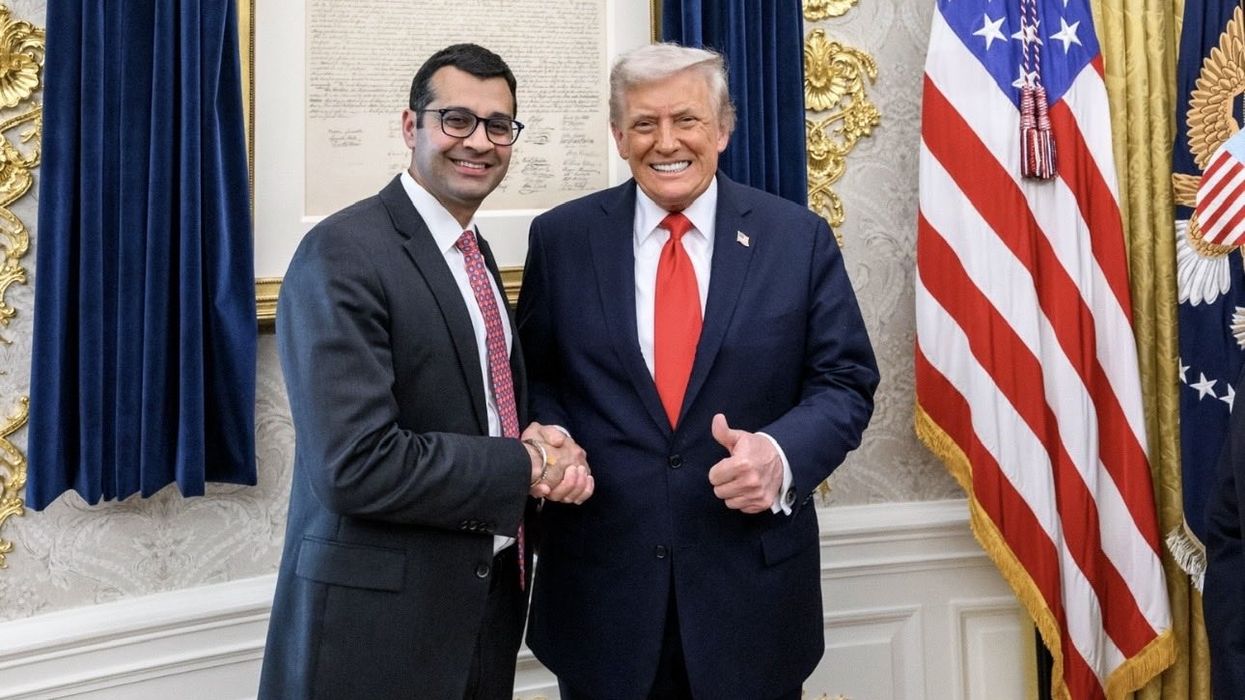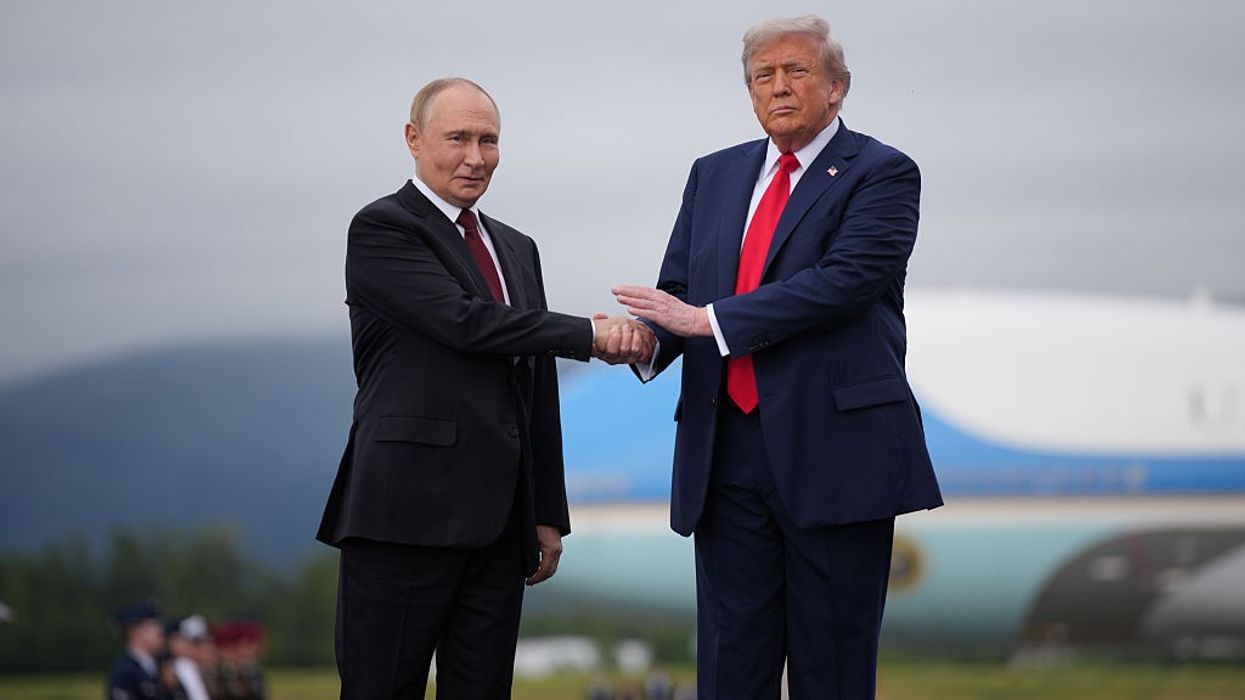President Donald Trump has signed an executive order imposing an additional 25% tariff on Indian imports, bringing the total tariff rate on most goods from India to 50 per cent. This escalation follows an earlier 25% tariff imposed just days ago and specifically targets India over its continued purchases of Russian oil amidst the Russia-Ukraine conflict.
Trump justified the new levy by stating that India is “currently directly or indirectly importing Russian Federation oil,” which he characterizes as fueling Russia’s "war machine." The White House fact sheet explains that India has been reselling Russian oil on global markets at significant profit, thereby supporting Russia’s economy and its military aggression. The tariffs are designed to deter countries from economically enabling Russia through oil imports and to impose serious economic consequences on the Russian Federation.
The additional 25 per cent tariff is set to take effect 21 days after the executive order’s signing, adding to the ongoing 25% tariff already scheduled to begin imminently. Some categories like steel, aluminum, and pharmaceuticals remain exempt from this additional levy under sector-specific rules. Trump’s tariff rate on India is now one of the highest the U.S. imposes on any trading partner.
India’s Ministry of External Affairs has strongly rejected the move, calling the US targeting “unjustified and unreasonable.” Indian officials pointed out that Western countries themselves continue trade with Russia in various commodities, including energy, fertilizers, and chemicals. India also argues that its purchases of Russian oil are driven by economic necessity due to global supply diversions and price caps, and that India’s actions have been encouraged previously by the U.S. and the European Union to stabilize energy markets.
The tariff escalation has further strained the already tense U.S.-India trade relationship. India remains firm on protecting its strategic autonomy and energy security amid international pressure. Trump indicated ongoing surveillance of other countries’ Russian oil imports, with the administration reserving the right to impose similar tariffs elsewhere.
This aggressive tariff move comes amid Trump’s broader campaign to pressure countries that continue trading with Russia, aligning with his hardline stance on the Ukraine war. Trump criticized India’s import duties as exceptionally high and expressed frustration that India “does a lot of business with us, but we don’t do business with them,” using tariffs as leverage.
In summary, the Trump administration’s new additional 25% tariff on India sharply raises trade tensions, targeting India’s Russian oil imports as a key grievance. India strongly disputes the legitimacy of this action and is poised to respond as it seeks to balance its economic and strategic priorities.
















